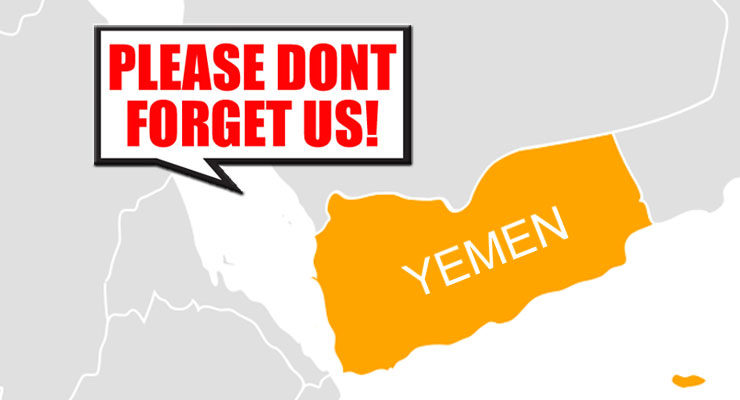 When Yemenis also launched democracy protests during the Arab Spring little did they know that their fight for democracy would bring chaos. How Yemen’s old order snuffed out its Arab Spring with the complicity of foreign powers is explored in this article is by Helen Lackner in Jacobin Magazine:
When Yemenis also launched democracy protests during the Arab Spring little did they know that their fight for democracy would bring chaos. How Yemen’s old order snuffed out its Arab Spring with the complicity of foreign powers is explored in this article is by Helen Lackner in Jacobin Magazine:
In early 2011, hundreds of thousands of Yemenis created “change squares” throughout the country, demanding political, economic, and social transformations of their country. They wanted the removal of Yemen’s long-serving leader, Ali Abdullah Saleh, and the system he had managed for decades.
The slogans that Yemen shared with many other Arab countries at the time were first and foremost Irhal (“Get out”) and Yaskut al Nidham (“Down with the system”). Saleh had been in power for almost thirty-three years, first running the northern Yemen Arab Republic and then the Republic of Yemen, after its unification with the southern People’s Democratic Republic of Yemen in 1990. His government was now basically collapsing under the strain of multiple issues.
People held Saleh personally responsible for high levels of corruption and the increasing poverty of the majority of Yemenis, which contrasted sharply with the ostentatious wealth of his close associates. They railed against the lack of economic opportunities and high youth unemployment, not to mention the military conflict in the far north against the Huthi movement, and the rise of southern separatism at the other end of the country.
Read the full article here.
Leave a Reply